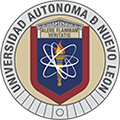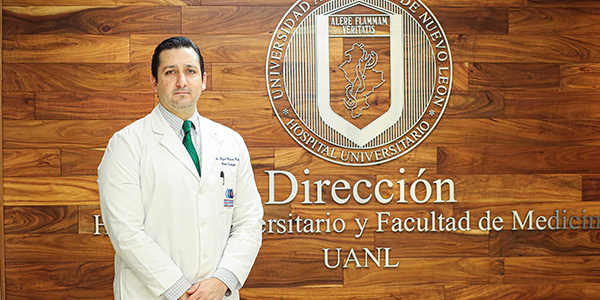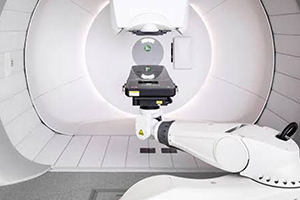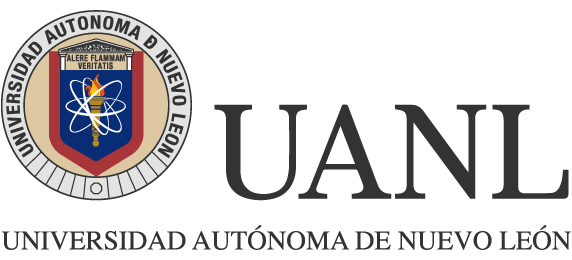Share:
UANL explores Proton Therapy to combat Pediatric Cancer
With the successful integration of cutting-edge technology necessary for the implementation of proton therapy, the University Hospital is poised to provide enhanced care for pediatric patients.
This revolutionary approach ensures that young patients receive reduced radiation doses to their healthy tissues, mitigating the risk of long-term side effects and optimizing their overall well-being.
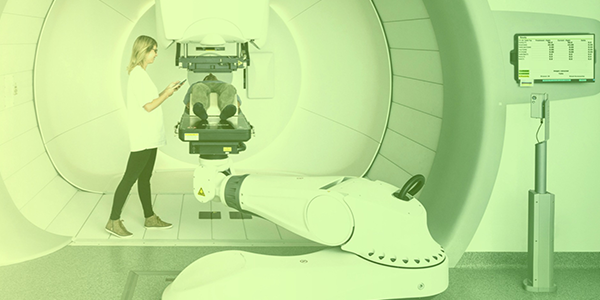
Proton therapy, a cutting-edge technology slated for acquisition by the University Hospital of Universidad Autonoma de Nuevo Leon, holds the promise of achieving a higher cure rate for oncology patients while minimizing side effects and reducing the risk of secondary cancer. This advanced treatment approach underscores the commitment of the hospital to elevate the standard of care for those undergoing cancer treatment.
“This equipment requires an investment of approximately 40 million dollars, prompting our outreach to federal, state, and private entities for support in securing it for the Hospital. Upon acquisition, the University Hospital would stand as the sole medical facility in Latin America equipped with this state-of-the-art technology. Recognizing its potential, we believe this advancement will serve as a beacon of hope for families confronting the challenging diagnosis of childhood cancer. It holds the promise of not only increasing the likelihood of a cure but also significantly enhancing the overall quality of life for these young patients,” stated Rafael Piñeiro Retif, Head of the Radiation Oncology Service at HU.
The University Hospital “Dr. José Eleuterio González” notes that there are approximately 200 proton therapy centers globally, with the majority situated in the United States (52), Europe, and Asia.
Should such technology make its way to Mexico, it is slated to find a home at the University Center Against Cancer of the UANL. This strategic placement aims to extend vital medical care to patients across the country in need of proton therapy.
How does it work?
Proton therapy represents a radiation treatment modality designed to eliminate tumor cells, deviating from the conventional use of X-rays (photons and electrons) in standard radiation therapy.
While both proton therapy and traditional radiation therapy share the common objective of eradicating or inhibiting the growth of cancer cells, a key distinction lies in the behavior of protons. Unlike other forms of radiation, protons possess the unique ability to penetrate tissues to a greater depth and halt precisely at the tumor site, without traversing through the entire body.
“This approach ensures a proportionally elevated dose precisely to the targeted tumor while minimizing exposure to adjacent healthy tissues. In conventional radiation therapy, the energy beam penetrates the body, traverses the tumor, and exits on the other side, potentially impacting healthy tissue beyond the tumor—an effect referred to as the ‘exit dose’ of radiation.” – Rafael Piñeiro Retif.
Posted by: Portal Web UANL
